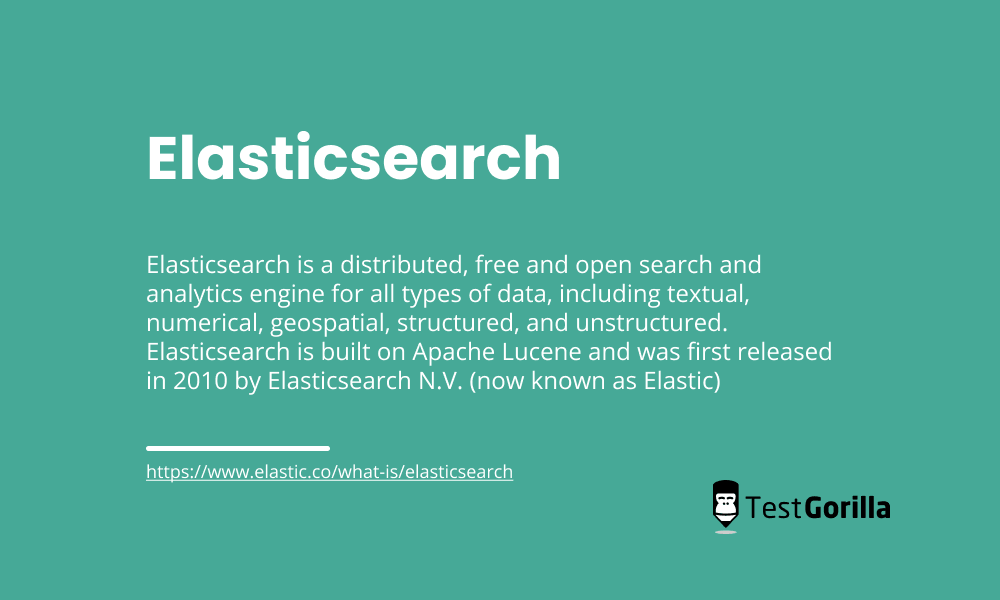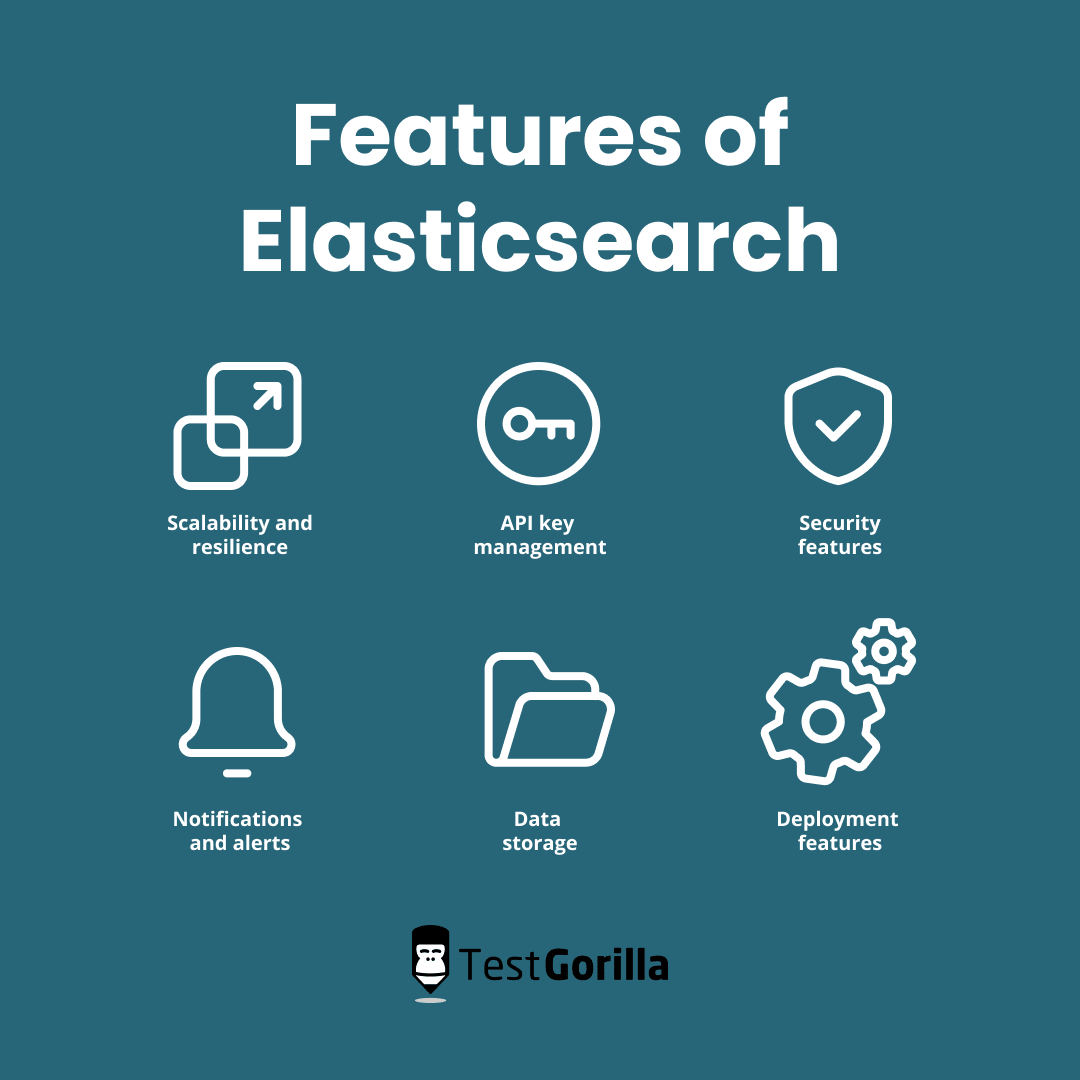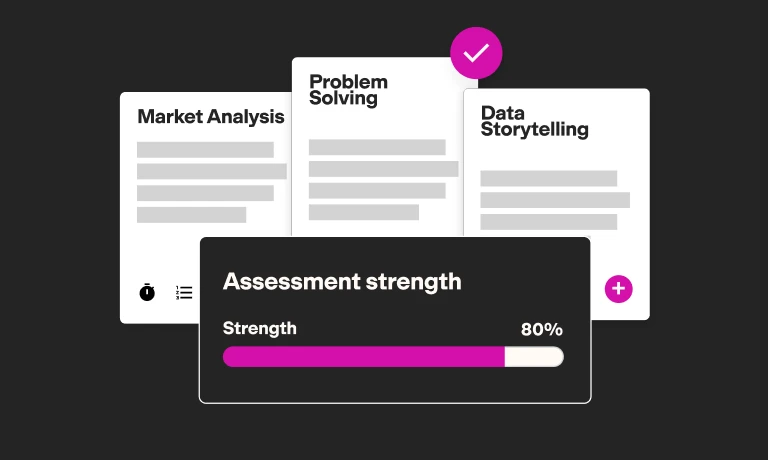We live in a world where information must be processed and delivered quickly. This means that for any organization to thrive, it must be able to analyze data and extract the information required for its operations as fast as possible.
Elasticsearch provides the means for an organization to quickly and efficiently serve information to its customers. Thanks to its flexibility and versatility, it is one of the most widely adopted search engines in the world.
Therefore, hiring an Elasticsearch developer can help you achieve fast information delivery. But first, you need to understand what Elasticsearch is. In this article, we’ll discuss Elasticsearch’s features, how it works, and how it can benefit your company.
What is Elasticsearch?
Elasticsearch is an open-source distributed analytical engine. In other words, it’s a versatile search engine that can process all forms of data. It possesses features that make it scalable and reliable for analyzing various data.
Elasticsearch is built on Apache Lucene and developed in Java, which enhances its versatility. It enables you to search for, store, and analyze large amounts of data to extract information in no time.
Since its release in 2010, Elasticsearch’s features have continued to develop, and the search engine has become one of the top choices for performing analysis and search processes. Additionally, it works with other tools to carry out precise data visualization and management.
Amazon is one of the many organizations that provide services with Elasticsearch in the form of Amazon Web Services (AWS) Elasticsearch. AWS Elasticsearch helps you to manage, store, and deploy data using Elasticsearch in the AWS cloud.
What is Elasticsearch used for?
As mentioned earlier, Elasticsearch is highly versatile and has many uses. Below, we will describe some of its functions:
1. Application search
Companies use Elasticsearch to develop applications that rely on search platforms to access and analyze data effectively. These applications operate faster because they are linked to Elasticsearch.
2. Website search
Elasticsearch helps websites derive accurate data and store large amounts of content. Businesses also use it to implement website searches, making it easier to navigate the available data.
3. Logging and log analytics
Since Elasticsearch is useful for retrieving data records and logs, businesses use it to keep track of their growth, customer relationships, and budget management.
4. Security analytics
Elasticsearch has built-in features that enable it to detect threats or malicious behaviors by conducting various analyses and check-ups while you use the tool. It also runs various processes to ensure that you don’t lose data and can continue to retrieve information.
5. Business analytics
The Elasticsearch, Logstash, and Kibana (ELK) Stack has components that work hand in hand with Elasticsearch to make it an excellent business analytics tool. These components help organizations track their company’s development by providing a means to view data in simple forms.
The best insights on HR and recruitment, delivered to your inbox.
Biweekly updates. No spam. Unsubscribe any time.
Features of Elasticsearch
Like any search engine, Elasticsearch has many features that aid its operations. Over the years, Elasticsearch’s components have been modified and developed to further boost the tool’s performance. Below are some of these features:
1. Scalability and resilience
Elasticsearch is highly scalable, so it can easily ingest large amounts of data, process it, and produce accurate results. It is able to achieve this because it doesn’t directly search for the provided data but instead places that data in an index to make result recovery quick and efficient.
2. API key management
This feature enables Elasticsearch to monitor and maintain its API keys. These APIs help you manage and query indexed data in numerous ways. It can also upgrade assistant APIs to boost its performance.
3. Security features
Elasticsearch uses encrypted communication channels, role-based access control, and IP filtering to provide security to its users. Hence, it ensures that you don’t lose any processed information while working with data.
4. Notifications and alerts
Alerts are one of Elasticsearch’s most interesting features. Elasticsearch includes security features to ensure processes are running normally. If there is a change, it sends an alert that triggers an action from the engine to fix the issue.
5. Data storage
Elasticsearch possesses various open-source tools that provide it with superb data storage capabilities. Thanks to the way it processes data by grouping and splitting it up, it can accommodate more data than other search engines.
6. Deployment features
After receiving, storing, and processing data, Elasticsearch deploys the newly produced results to wherever they are needed by using its features to download the information or upload it to Elastic Cloud.
How does Elasticsearch work?
To fully understand how Elasticsearch works, it’s important to know how it organizes, processes, and stores data using its back-end components. These components are what enable Elasticsearch to operate with such speed and accuracy.
Typically, the core forms of data Elasticsearch works with are documents, inverted indices, shards, replicas, clusters, and nodes. Below, we will explain how Elasticsearch functions by defining each of these components:
Documents
Data enters Elasticsearch in the form of documents. These documents are the basic unit of information that can be processed in Elasticsearch, and they represent a particular thing a user is searching for.
Inverted indices
After the documents enter Elasticsearch, they are grouped into property-based collections called inverted indices. This simplifies and speeds up the search process.
Elasticsearch uses inverted indices to retrieve and manage semi-structured data in document-oriented forms. It maps each word (search term) to the documents containing that word, making it easy to perform searches.
Shards
Next, the inverted indices are subdivided into shards. Shards are fully functional indices that can be hosted on any node. Thanks to shards, Elasticsearch possesses a vast querying capacity and is able to prevent failures in the course of its operation.
Clusters and nodes
Elasticsearch uses clusters to distribute data across the available nodes (servers) evenly so that each node functions effectively. In this process, it stores and analyzes data in almost real time and returns results in milliseconds.
In simple words, Elasticsearch operates by storing data as inverted indices and splitting them into smaller units called shards. These shards are then distributed among nodes grouped in clusters to help process the broken-down data.
Aside from its basic components, Elasticsearch also uses external tools like the ELK Stack, Kibana, and Logstash to carry out data visualization, storage, monitoring, and management.
Since data is reduced to simpler forms (split) in Elasticsearch, it becomes easier to process and visualize. Elasticsearch also replicates the shards to protect against information loss, and you can easily retrieve the data at any time.
What are the benefits of using Elasticsearch?
Because of Elasticsearch’s many benefits, companies rely on it for lightning-fast data analysis and logging. Here are some advantages Elasticsearch can provide for your business:
1. Compatible with many programming languages
Elasticsearch supports various programming languages, including JavaScript, Java, Python, PHP, and Ruby on Rails. This is because it is integrated with representational state transfer (REST) APIs, which give Elasticsearch its versatility.
2. Powerful full-text search engine
As the most powerful full-text search engine, Elasticsearch can handle large amounts of data without a risk of failure. Because it was built on Lucene, it possesses excellent search capabilities.
3. Fast performance
Elasticsearch’s use of distributed inverted indices enables it to carry out searches quickly and makes it easy to sort through large data sets.
4. Scalable
Elasticsearch can accommodate petabytes of data and still function optimally. This is because it doesn’t merge the complex data but instead splits it into forms that can be easily processed.
5. Logging analytics
Logging and log analysis are technical processes that involve running log queries obtained from data and analyzing them thoroughly. With Elasticsearch, you can easily retrieve data records and spot trends or patterns over certain periods.
The ideal way to hire Elasticsearch developers
With Elasticsearch, you can easily perform quick data analysis and information delivery. However, to make the most of its abilities, you must recruit skilled Elasticsearch developers for your organization. It’s critical to hire candidates who not only have the right technical skills but can also add to your company’s culture.
You can avoid the stress of sorting through numerous applications to find the best candidate for your organization by including a pre-employment test in your recruitment and by asking the right Elasticsearch interview questions.
TestGorilla offers an Elasticsearch developer test that lets you see how each applicant applies their skills to solve different problems using the platform. Our test assesses candidates’ knowledge and expertise while eliminating bias from your hiring process.
Create a free TestGorilla account to gain access to our test library, and hire your next top-tier Elasticsearch developer today.
You've scrolled this far
Why not try TestGorilla for free, and see what happens when you put skills first.





















